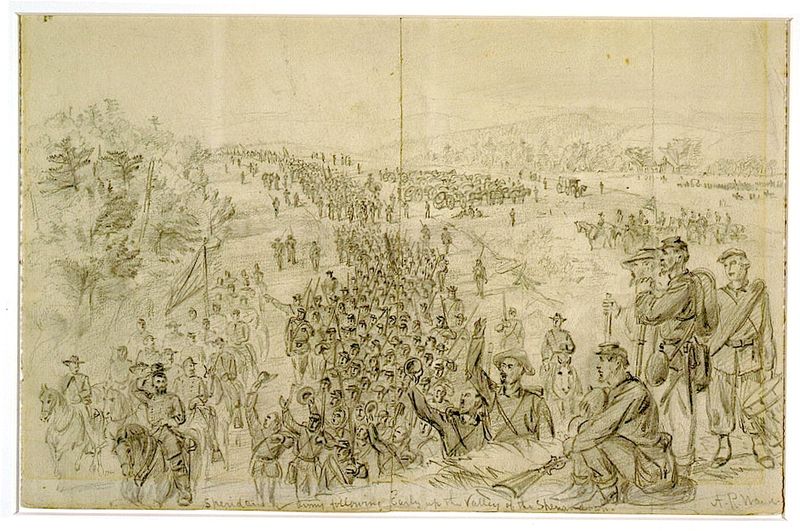Methodology
Research questions this project will focus on:
The works of past historians have allowed more interpretations of the American West and the Cavalry. Their works raise more questions and provide further avenues to examine. Their previous syntheses of western history have allowed this project to further examine the role of the cavalry in greater detail. While many historians have examined the actions of the cavalry in the west, most have answered the traditional questions of who, what, where, when, and how. Few have explored how the officers and public viewed the role of the cavalry in the west and their actions. Historians have examined what these men did but what did the officers believe their role was in the west? What was the role of the cavalry in the eyes of these officers? Was there a reason the cavalry were chosen to be used primarily in the wars in the west? What was the public perception of the cavalry during this time? Did the public know what the cavalry were doing? Were the cavalry heroic defenders or the murderers of Indians? How did Sheridan view the role and actions of the cavalry? Was Sheridan a good leader loved by his men? Did he favor the cavalry? Did he succeed or fail in the eyes of the public and his subordinates?
Why did the military decide to use more cavalry forces in the West following the Civil War? Did the cavalry continue to develop in the West following the Civil War in terms of structure, organization, resources, and strategy? Or was it just the right tool for the right job, conquering the mounted native tribes of the vast American plans? What were the cavalry ordered to do in the west? What was their mission/goal in the West? What should they do to keep the peace and protect people there? What do the military and officer’s reports say they were able to do to achieve their mission/goals? How did the public view the actions of the cavalry? What did the newspaper reports say about them? What were the public being told about the Cavalry?
A sub-argument for this project revolves around Sheridan. It is hypothesized that the increase in cavalry following the American Civil War was not only due to the fact that they were needed on the West, but was also because of the success in particular of General Sheridan in the last year and a half of the war and his ability to show how cavalry can be used effectively on the battlefield. As a cavalry officer he favored the use of them in the West following the war. Furthermore, as a high ranking general in the U.S. Army Sheridan was able to influence not only military practices but government and public opinion on cavalry and their value. In this examination of the Cavalry in the West and through the use of sources from 1863 to 1877, evidence relating to these theories will prove or disprove a positive relationship between Sheridan and the cavalry.
Methodology: How these questions will be approached and answered.
To answer these questions this project utilizes the tools of the digital historian and the approach of the new military history by using graphs, charts, and maps, as well as spatial, statistical, and textual analysis through a variety of digital tools. The digital graphs throughout this project display the statistical evidence pertaining to Sheridan and the Cavalry. The digital maps display the spatial evidence and show the vast American West that Sheridan and the Cavalry were tasked with defending and how it changed. The text analysis shows how the military officers, and popular newspapers depicted the cavalry and the Indians in the west. To do this Voyant is used to upload text documents of the articles being examined.Once uploaded to Voyant, the program analizes the documents and provides a variety of ways to display the information which is used as visual evidence in the analysis section. The Sheridan section examines the life and career of Philip Sheridan and how it ties into the history of the Cavalry and the American West. Here it is established how his experience and actions directly impacted the cavalry and the U.S. Army in the West. In the Army section, text analysis methods are used to examine primary sources written by Army officers during this period. These textual analysis data are combined with statistical data to examine changes in the Army during this time and the officer's perception of the cavalry and their role in the West. In the Public, news articles from across the nation during this time to examine what role the newspapers played in the public discorese about the U.S. Cavalry in the West. This is displayed through examination of the articles written about the cavalry and what was being reported to the public. By examining the news we can infer what public opinion was of the cavalry and the natives during this time. In each of these sections various questions that were listed above are examined, and each section further argues the importance of the U.S. Cavalry during this period of our nations history.
